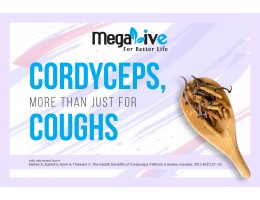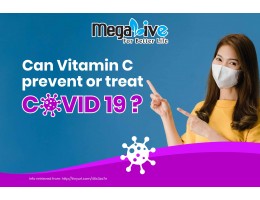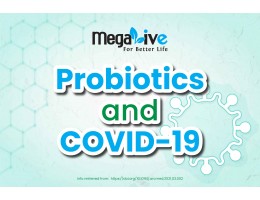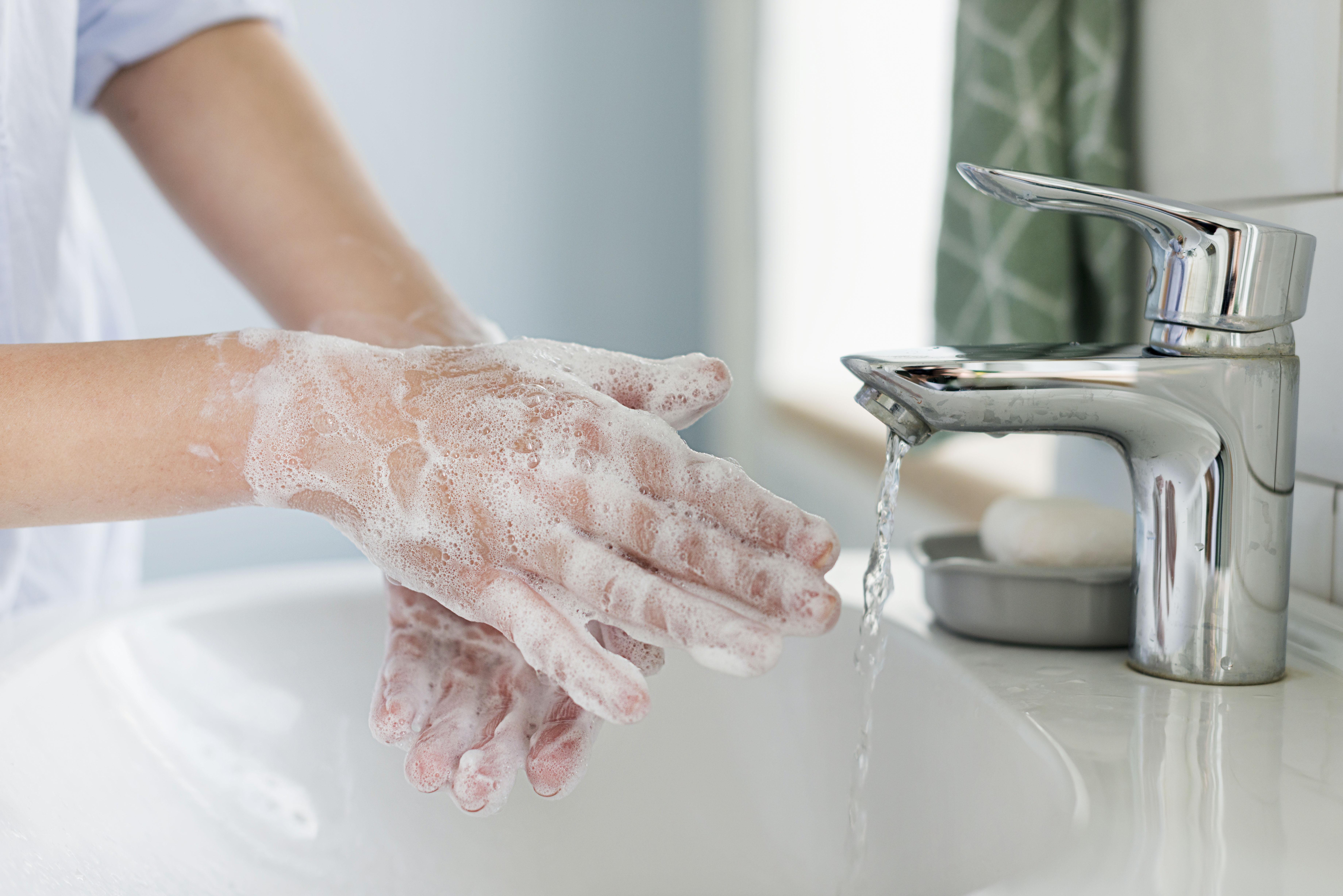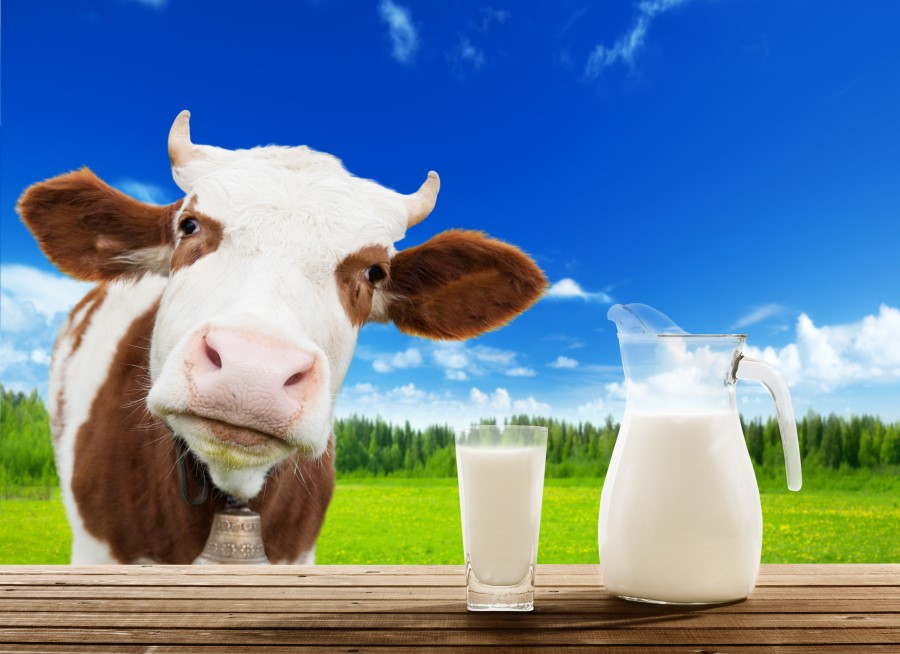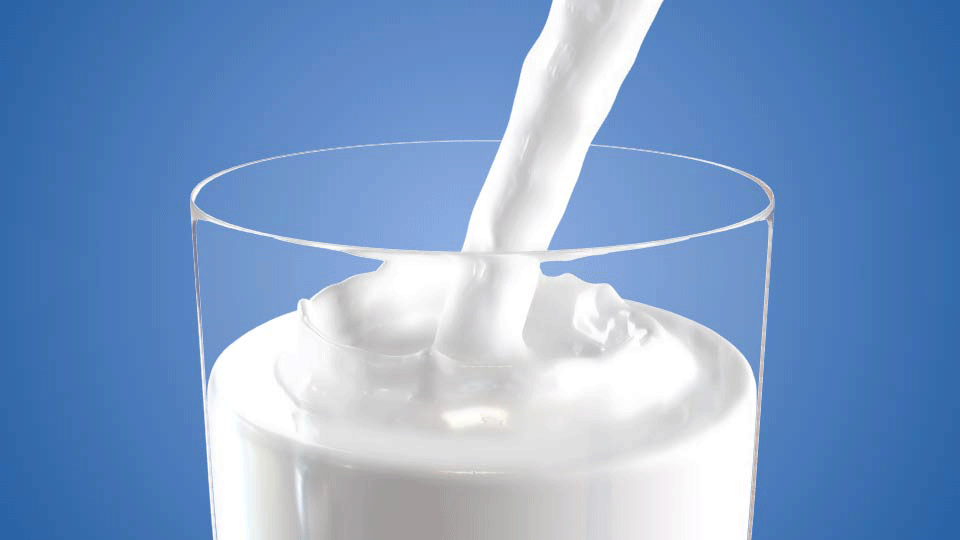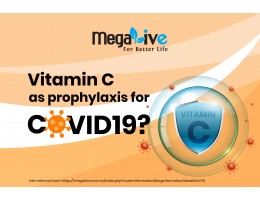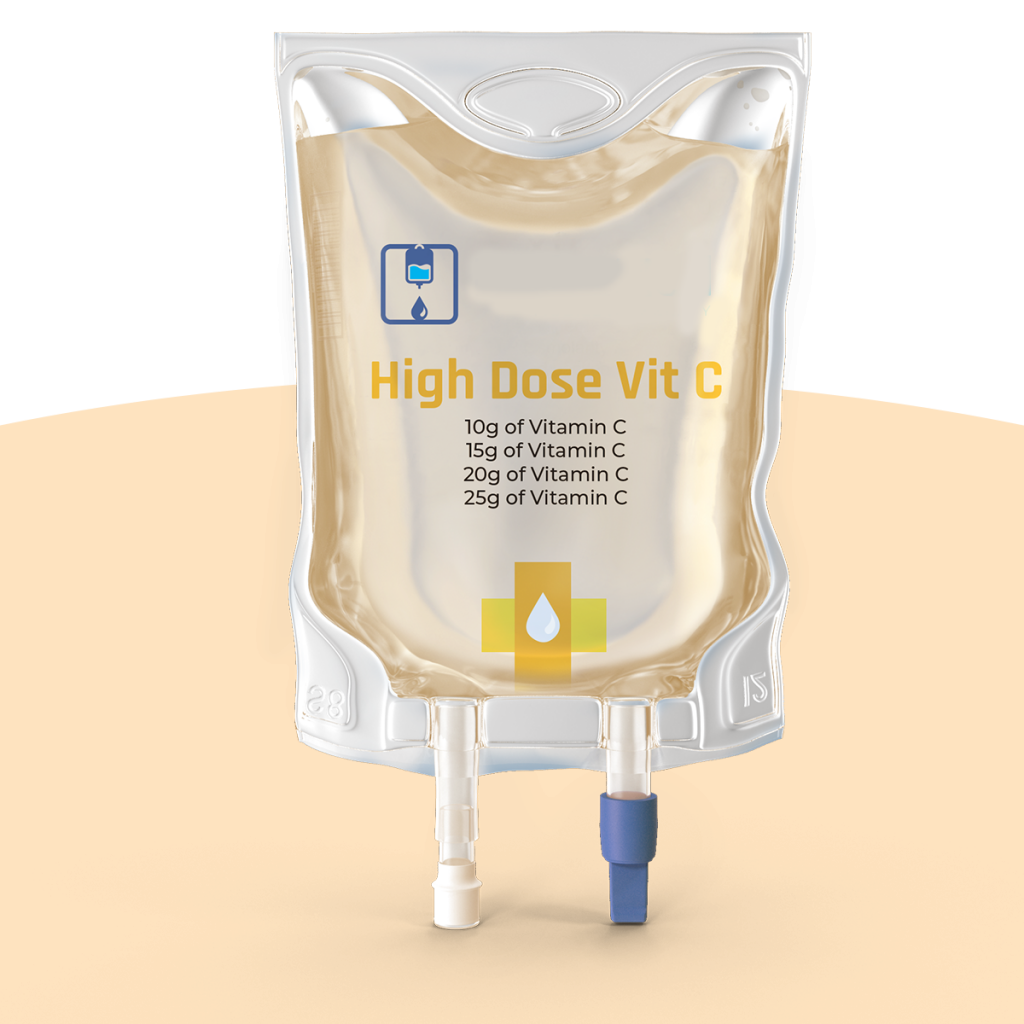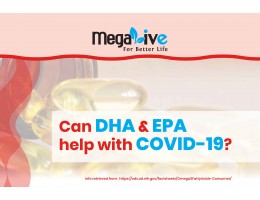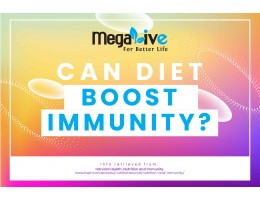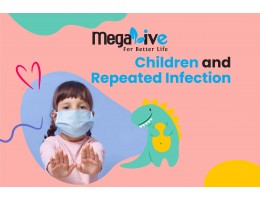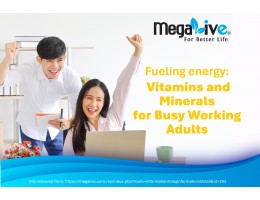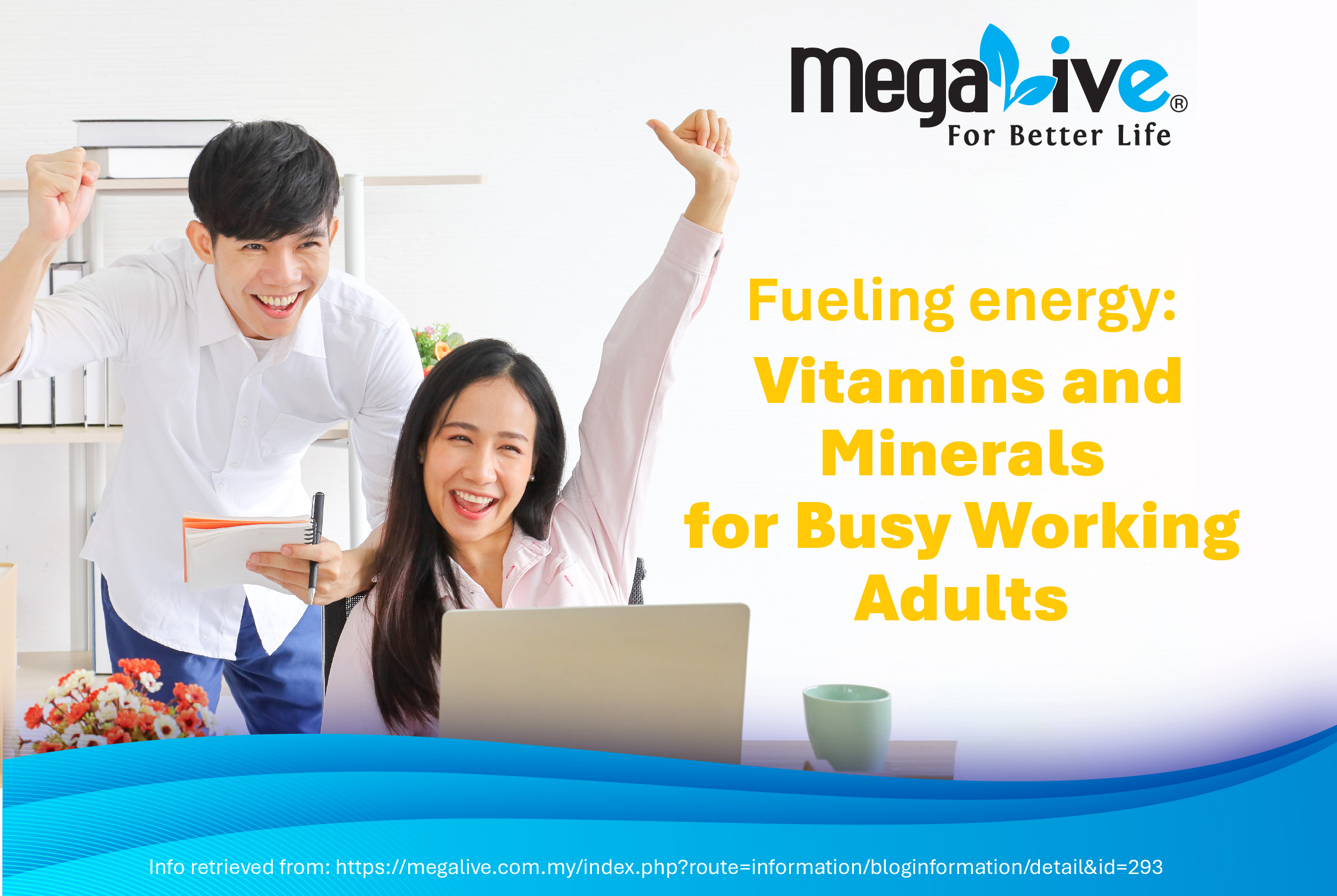Pertubuhan Kesihatan Dunia (WHO) telah mewartakan bahawa merokok merupakan risiko yang spesifik bagi komplikasi COVID-19 (1,2). Hal ini adalah kerana, jika virus korona menyerang tubuh badan individu yang merokok, peratus untuk individu tersebut pulih lebih rendah berbanding dengan individu yang tidak merokok manakala peratus untuk individu tersebut untuk mengalami kegagalan paru – paru yang serius pula adalah tinggi.
Umum mengetahui, COVID-19 adalah virus yang menyerang sistem pernafasan, jadi, individu yang merokok atau yang mempunyai masalah pernafasan dan/atau sakit – sakit kronik yang lain seperti masalah jantung, buah pinggang, kencing manis dan lain -lain jika terdedah kepada virus ini, mempunyai sebanyak 80.7% risiko kematian berbanding individu yang tidak menghidapi penyakit kronik (3).
Statistik juga menunjukkan bahawa, warga emas yang berusia 60 tahun ke atas mempunyai lebih 62.6% risiko kematian jika terdedah kepada virus ini berbanding individu berusia 60 tahun ke bawah (3). Lebih menakutkan lagi, jika individu yang berusia 60 tahun ke atas, dan mempunyai sejarah penyakit kronik terdedah kepada virus ini, risiko menghadapi kematian adalah sangat tinggi berbanding dengan individu yang yang berusia kurang dari 60 tahun dan tidak mempunyai sejarah penyakit kronik.
Tabiat merokok itu sendiri yang menyebabkan individu berisiko terdedah kepada pelbagai jenis komplikasi kesihatan, akan tetapi sebelum ini mungkin perokok menghadapi kesukaran untuk berhenti merokok disebabkan faktor rakan sekeliling, tekanan kerja dan sebagainya. Akan tetapi oleh kerana dunia diancam dengan wabak COVID-19, individu yang merokok mempunyai lebih sebab untuk berhenti merokok kerana anda mempunya risiko yang lebih tinggi terdedah kematian jika terdedah kepada virus ini.
Antara cara untuk berhenti merokok, yang telah dikumpulkan oleh Pengkalan Data Cochchrane Edisi Istimewa, mengenai cara – cara berhenti merokok adalah dengan menggunakan terapi kombinasi, iaitu penggunaan ubat dan juga sokongan moral (4).
Penggunaan Ubat – Ubatan seperti Nicotine Replacement Therapy (NRT) telah digunakan sebagai salah satu cara untuk berhenti merokok sekian lama. Terapi ini adalah bagi tujuan untuk menggantikan kebergantungan perokok kepada nikotin dan seterusnya menggurangkan motivasi perokok untuk terus merokok. Ia juga membantu mengawal kesan sampingan berhenti rokok/ kurang merokok (4).
Nicotine Replacement Therapy (NRT) ini memberikan nikotin dalam dos yang rendah kepada perokok tanpa apa apa bahan merbahaya yang lain seperti yang terdapat di dalam rokok. Terdapat pelbagai jenis Nicotine Replacement Therapy (NRT) dipasaran, iaitu sama ada dengan menggunakan gula getah nikotin (nicotine gum), ‘nicotine inhaler’, ‘nicotine lozenge’, ‘nicotine patch’ atau ‘nicotine nasal spray’. Kesemua jenis produk ini mempunyai dos, cara, dan kekuatan yang berbeza (5).
Produk bagi terapi nikotin telah direka dengan pelbagai jenis mekanisma untuk penyerapan dan perembesan nikotin di dalam badan. Sebagai contoh bagi gula getah nikotin, inhaler nikotin, lozenge nikotin dan nasal spray nikotin, ia memberi kesan kepada otak dengan lebih cepat berbanding nicotine patch akan tetapi mempunyai proses perembesan yang lebih lambat berbanding merokok (5). Nicotine patch pula merembeskan dos nikotin secara perlahan – lahan dan secara pasif, oleh kerana itu terapi nicotin patch biasanya digunakan bersama produk yang lain.
Kepelbagaian produk bagi membantu perokok berhenti merokok memberikan perokok beberapa pilihan untuk berhenti merokok dengan kaedah yang paling sesuai, berdasarkan kekerapan perokok merokok dan kebergantungan perokok kepada rokok tersebut (4,5). Kesemua produk ini berkesan jika digunakan mengikut kesesuaian terhadap tahap aktiviti merokok seseorang individu. (5).
Selain daripada penggunaan ubat – ubatan, terdapat beberapa langkah yang biasanya disyorkan oleh Kementerian Kesihatan Malaysia (KKM), iaitu yang pertama ialah dengan membaca atau mendapatkan informasi mengenai bahaya rokok dari sumber yang sahih, berkenaan bahaya merokok dan kelebihan berhenti merokok.
Terdapat banyak kelebihan berhenti merokok kerana merokok memberi banyak keburukan kepada diri sendiri dan orang sekeliling terutama ahli keluarga, sebagai contoh kanak – kanak yang selalu terdedah kepada asap rokok atau asap rokok basi akan lebih sering sakit seperti batuk – batuk, selsema serta jangkitan telinga, hidung dan tekak. Merokok juga boleh membuatkan paru – paru lemah dan penyakit seperti asma (6).
Selain daripada aspek kesihatan bagi orang yang tersayang, merokok juga boleh menyebabkan anda mendapat pelbagai jenis penyakit seperti, kanser paru – paru, penyakit paru – paru yang kronik, strok dan ulser di bahagian bawah lapisan kulit perut. Individu yang merokok juga mengikut statistik mati lebih awal, kerana statistik menunjukan satu dari dua orang perokok mati disebabkan penyakit berkaitan merokok (6).
Tabiat berhenti merokok juga dapat menjimatkan wang, labur wang anda berbanding membeli rokok sebagai contoh
Wang untuk membeli rokok = RM5.00/sehari
Sebulan = RM 150.00
Setahun = RM 1800.00
Jika anda melabur untuk 10 tahun, anda sudah mempunyai RM18,000.00 dalam akaun simpanan anda) (6).
Selain, Ia juga dapat melindungi alam sekitar – Puntung rokok dibuang oleh perokok boleh menyebabkan kebakaran (6).
Terdapat pelbagai kaedah untuk berhenti merokok. Faktor yang paling penting adalah keinginan anda untuk menjadikannya satu kenyataan. Mula dengan menetapkan tarikh untuk berhenti merokok dan pastikan tarikh tersebut boleh dicapai. Dalam pada masa yang sama, anda mesti yakin dengan keupayaan diri untuk berhenti merokok. Katakan pada diri anda “saya bukan perokok” Ulang beberapa kali sehingga menjadi semangat untuk berhenti merokok. Sentiasa berfikiran positif dan dapatkan sokongan daripada orang sekeliling.
Teknik berhenti merokok yang paling selalu digunakan dan disyorkan oleh Kementerian Kesihatan Malaysia (KKM) ialah dengan mengamalkan Teknik 12M (6).
1. Melengah – lengahkan
Sebagai contoh jika anda terasa seperti mahu merokok, lengah – lengahkan tabiat tersebut seperti tunggu 5 minit atau katakan kepada diri sendiri sebentar lagi “saya akan merokok”.
2. Menarik Nafas Panjang
Tarik nafas 3 kali secara perlahan-lahan. Ulangi perkara yang sama sehingga hilang rasa untuk merokok.
3. Minum air
Anda juga boleh mencuba untuk minum air masak bagi mengalihkan perhatian anda dari tertumpu kepada ketagihan rokok.
4. Menyibukan diri
Buat sesuatu bagi mengalih fikiran untuk melupakan rokok. Buat perkara yang dapat mengalihkan tumpuan anda seperti bersenam atau bermain permainan video.
5. Menjauhkan diri daripada perokok
Oleh kerana musim PKP ini adalah masa yang terbaik untuk berhenti merokok. Anda boleh menjauhkan diri anda dari rakan – rakan dan ahli keluarga yang merokok, gunakan masa yang ada untuk bersama keluarga tersayang.
6. Mengelakkan diri daripada suasana atau situasi yang mendorong kepada merokok
Seperti keadaan berseorangan tanpa berbuat apa – apa (keadaan bosan) atau keadaan tertekan.
7. Mengunyah sesuatu seperti gula getah atau buah-buahan.
Mengunyah dapat membuatkan rongga mulut sibuk dan mengalihkan perhatian dari ketagihan rokok. Elakkan makanan yang manis kerana ia memberi risiko kepada penyakit – penyakit kronik yang lain pula.
8. Membasuh tangan selalu
Membasuh tangan dengan kerap juga dapat menghilangkan ketagihan kerana kita telah mengalihkan perhatian kita daripada keinginan untuk merokok.
9. Mandi dengan kerap
Mandi dengan kerap menyebabkan badan menjadi segar dan dapat melupakan ketagihan yang di alami, seketika.
10. Meregangkan otot
Senaman yang atau regangan otot apabila ketagihan untuk merokok datang dapat menghindarkan diri dari merokok.
11. Meditasi
Meditasi menyebabkan kita ingat kembali sebab – sebab untuk kita berhenti merokok dan boleh membangkitkan kembali semangat kita untuk berhenti merokok.
12. Memohon doa
Memohon doa agar rasa ketagihan dihilangkan dan dipermudahkan urusan untuk berhenti merokok seperti dihindarkan dari perkara – perkara yang boleh menyebabkan keinginan untuk merokok untuk kembali.
Selain daripada langkah - langkah yang telah disyorkan anda juga boleh mendapatkan maklumat yang lebih lanjut di laman sesawang KKM. Terdapat banyak bahan – bahan rujukan cara untuk berhenti merokok yang boleh di muat turun di laman sesawang yang sahih seperti di Portal MyHealth Kementerian Kesihatan Malaysia (KKM)(5). Selain dari bahan – bahan sokongan yang boleh di muat turun, terdapat juga nombor QuitLine yang boleh dihubungi di nombor 03-88834400 bagi keterangan lanjut mengenai cara berhenti merokok dari kaunselor berhenti merokok atau layari laman web jomquit.moh.gov.my (4,5).
Rujukan
-
The Star. Stub It Out Now, Smoking and Added Health Risk for COVID19. https://www.thestar.com.my/news/nation/2020/04/13/effective-ways-exist-to-quit-smoking-while-under-mco (Diakses 17 April 2020).
-
The Star. Smokers face high infection rate. https://www.thestar.com.my/news/nation/2020/04/13/smokers-face-higher-infection-risk (Diakses 17 April 2020).
-
Ketua Pengarah Kementerian Kesihatan Malaysia (KKM). From the desk of the Director General of Health Malaysia. https://kpkesihatan.com/2020/04/16/kenyataan-akhbar-16-april-2020-situasi-semasa-jangkitan-penyakit-coronavirus-2019-covid-19-di-malaysia/ (Diakses 17 April 2020)
-
Cochrane. COVID-19 Resources. https://www.cochrane.org/news/special-collection-effective-options-quitting-smoking-during-covid-19 (Diakses 17 April 2020)
-
Portal Rasmi My Health Kementerian Kesihatan Malaysia. http://www.myhealth.gov.my/en/nicotine-replacement-therapy-nrt/ (Diakses 17 April 2020)
-
Info Sihat. Bahagian Pendidikan Kesihatan. Kementerian Kesihatan Malaysia (KKM). https://www.infosihat.gov.my/index.php/isu-semasa/42-tips-berhenti-merokok (Diakses 17 April 2020)




